Cooking with beets can get a bad rap, but we’re here to answer all of your burning questions and show you how to make the most of this vibrant root veggie. We’re digging into how to properly store the roots (and their tops), how to cook perfectly tender beets without making a beet-stained mess in your kitchen, suggested flavor pairings, as well as tons of recipe inspiration.
This is a guest blog post from our friend Michelle Aronson of Farmbelly!
Why eat beets?
-
Versatility: The roots have a naturally sweet, earthy flavor that’s delicious in both savory and sweet dishes. As an added bonus, the dark leafy beet tops (which are very closely related to Swiss Chard) are delicious and packed with healthy phytonutrients.
-
Long shelf life: When stored properly (keep reading for our storage tips), beet roots will easily store for several weeks, and the tops will stay fresh for 5-7 days.
-
Vibrant color: Beets come in a wide range of shapes and hues, from classic red to golden yellow to candy-striped Chioggias, which give your dishes a bright pop of color. Ever wonder what gives beets those striking colors? It’s because of antioxidant and anti-inflammatory pigments called betalains—all the more reason to start stocking up on these root veggies!
How should I store beets?
-
Tops: If the beets still have their tops, cut them off an inch above the root, because the tops draw out moisture and cause the roots to go limp. Store the greens in a produce bag or storage container lined with a dry paper towel (to absorb excess moisture) in the vegetable bin in your fridge.
-
Roots: Store roots, separated from greens, in a produce bag in the vegetable bin in your fridge.
How should I cook beets?
-
Roasting: Preheat the oven to 400°F. Scrub beets clean and set inside a rimmed baking dish. Toss beets with a glug of olive oil and a pinch of salt. Pour 1/2 cup water into the baking dish, cover the dish tightly with foil, and roast for 30-60 minutes (baking time will vary considerably based on the size of the beets). When fully cooked, you should be able to pierce the beet very easily with a knife. Allow the beets to cool and use a clean towel to rub off the outer skin.
-
Boiling: Place clean beets in a saucepan big enough to hold the roots comfortably. Cover the beets with 1-2 inches of water and bring to a boil over high heat. Lower heat and cook beets at a simmer until beets are tender and can be pierced easily with a paring knife. Cooking time varies based on the size of your beets and can range between 30-60 minutes. Once fully cooked, drain off the cooking water and allow beets to cool. Once cool, use a clean towel to rub off the skins.
What flavors go well with beets?
If the earthy flavor of beets is normally too much for you, we highly recommend incorporating a sharp or pungent flavor like citrus, mustard, arugula, or balsamic vinegar to balance things out. Beets also pair beautifully with ingredients like apples, avocado, dijon mustard, lentils, nuts, yogurt and fresh herbs like mint, dill, and tarragon. The roots can be enjoyed raw (just be sure shave or shred them thinly), roasted, boiled, steamed, pureed, or even pickled. And don’t ignore those beautiful beet greens, which are fabulous incorporated raw in salads, simply sautéed, and with eggs.
What are some great beet recipes?
Snacks and appetizers
Soups
- Autumn Beet Soup with Cashew Cream
- Beet, Ginger, and Coconut Milk Soup
- Curried Beet Soup
- Roasted Beet and Garlic Soup
Salads
- Roasted Beet & Quinoa Salad with Za’atar Vinaigrette
- Warm Whole Beet Salad
- Citrus and Beet Salad
- Lentil Salad with Roasted Vegetables
Hearty dishes & sides
- Balsamic Glazed Beets & Greens
- Herbed Beet Fritters with Lemon-Herb Cashew Cream
- Beet, Arugula, and Goat Cheese Quiche
- Beet and Sweets Gratin
Desserts
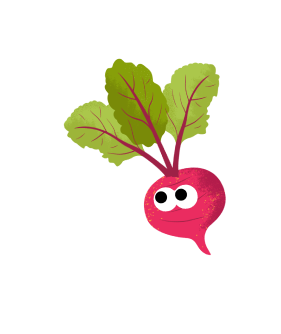
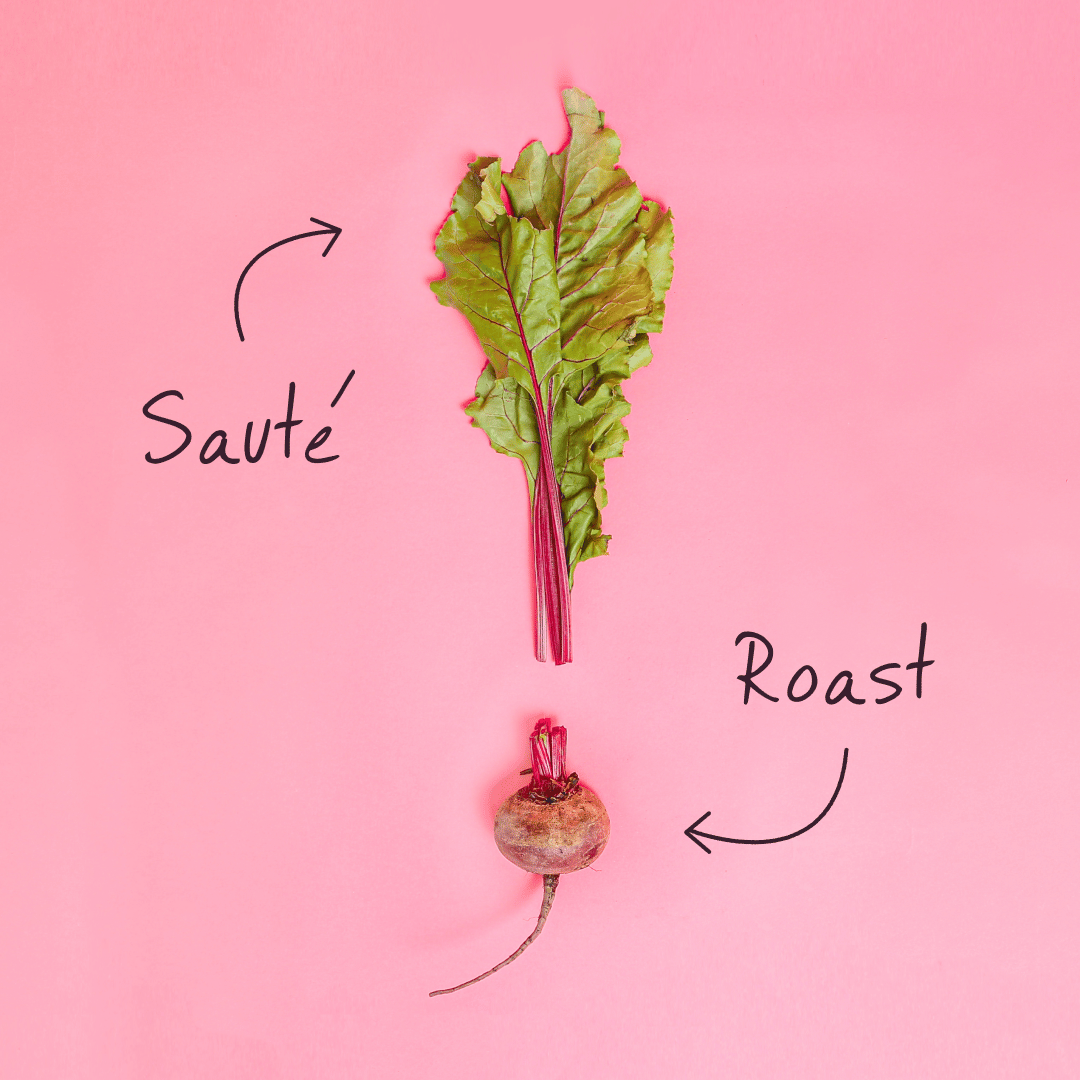



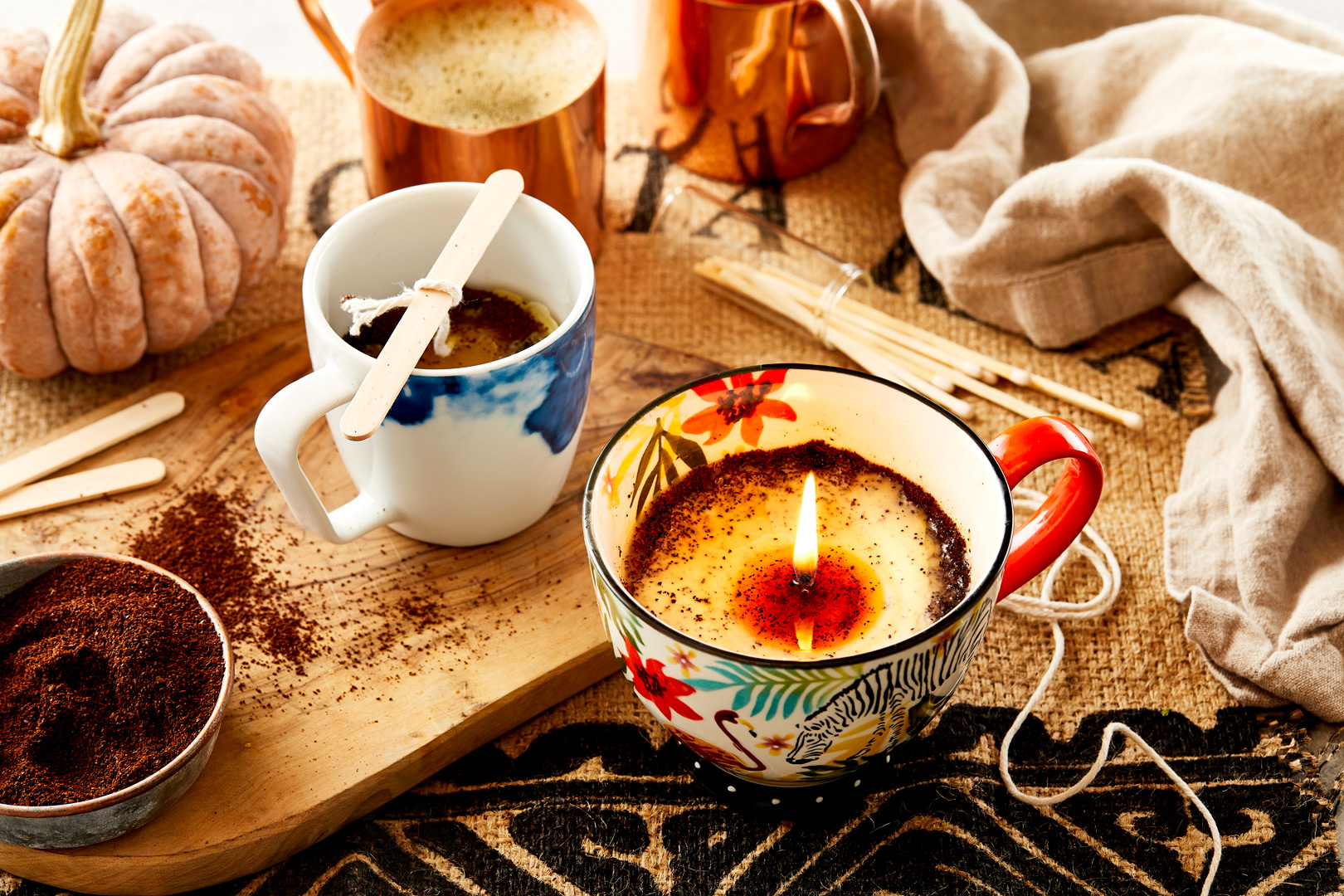
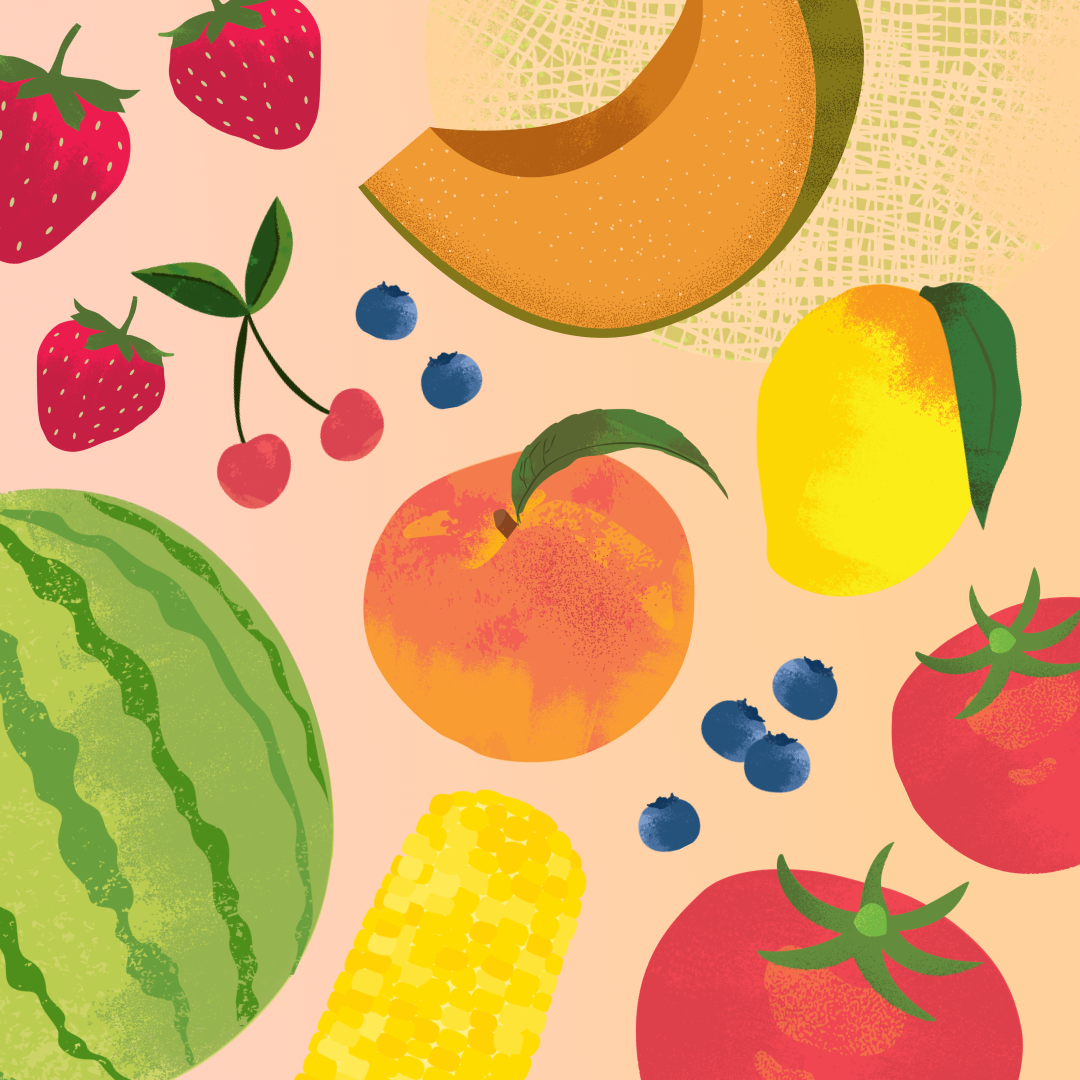
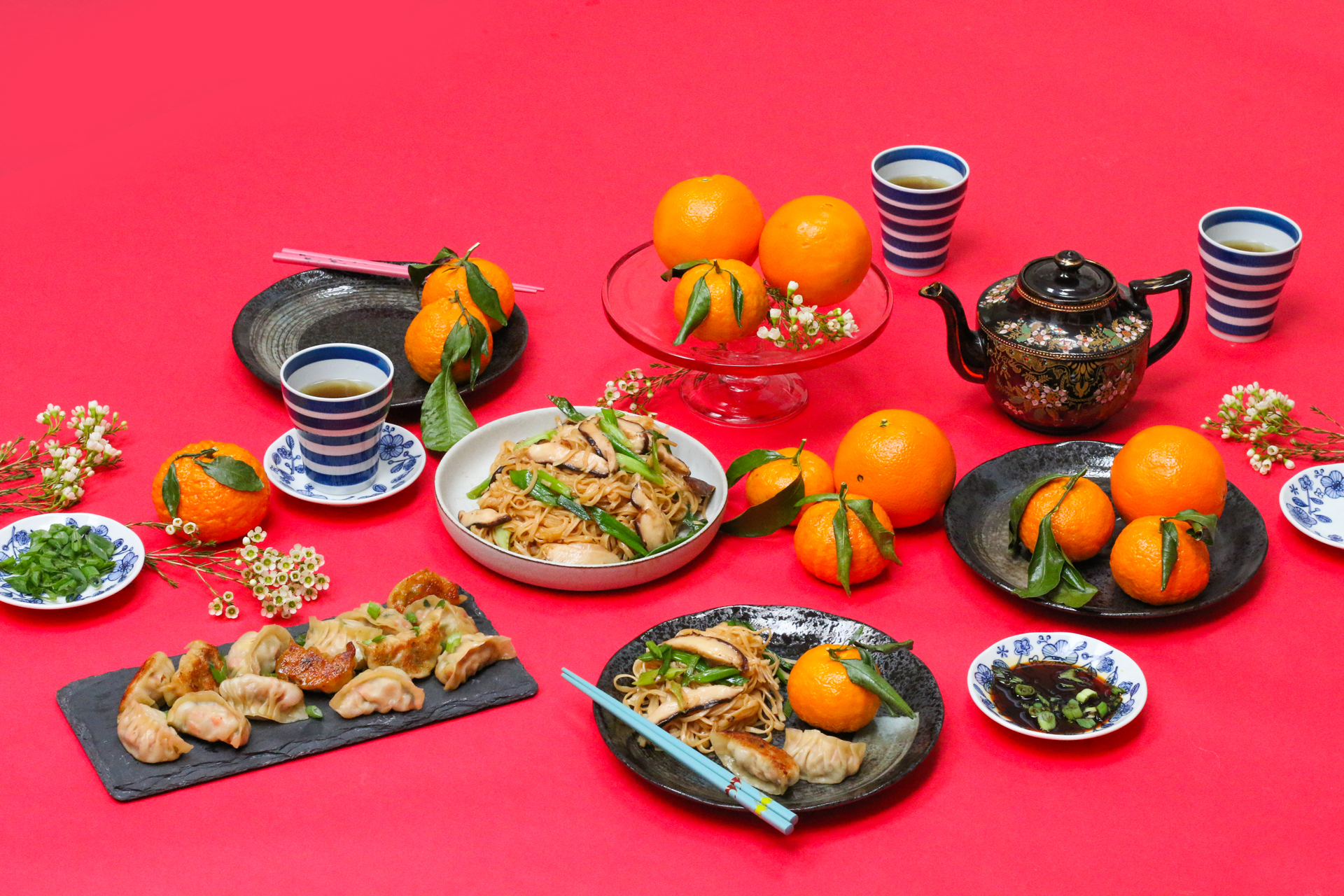
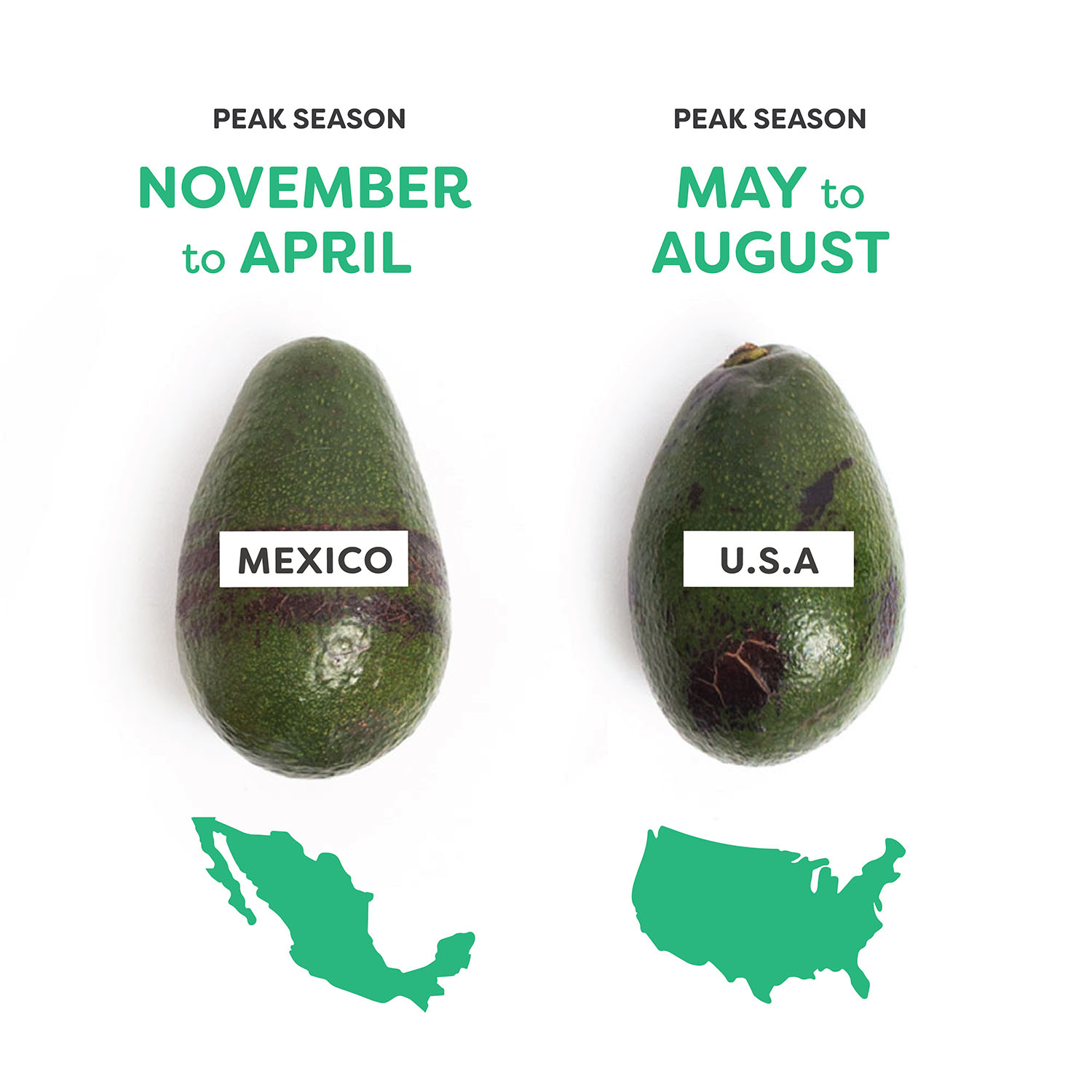

One of my favorite ways to roast beets is to cut them into small imperfect cubes and marinate in olive oil with herbs de province for a few hours then roast in the oven until tender. (They will have a candied sticky texture) then serve them with chevre crumbled over them.
Oooh delish!